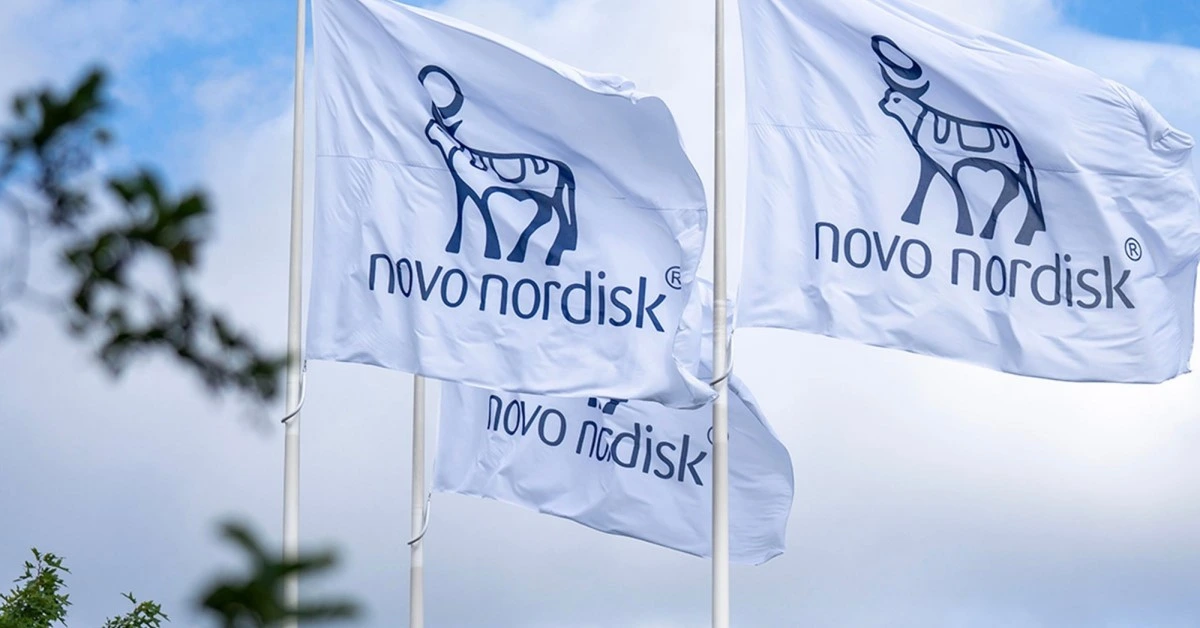
USA – Novo Nordisk’s US $16.5 billion acquisition of contract development and manufacturing organization (CDMO) Catalent, announced in February, has sparked significant attention in the pharmaceutical industry.
The acquisition is designed to bolster production of Novo’s popular diabetes and weight-loss drugs, Ozempic and Wegovy, by bringing three Catalent manufacturing sites under Novo’s control.
However, concerns are mounting as regulatory reviews are underway, and the acquisition faces opposition from key figures, including U.S. Senator Elizabeth Warren.
Senator Warren raises concerns over market dominance
In a letter addressed to Federal Trade Commission (FTC) Chair Lina Khan, Senator Elizabeth Warren expressed serious reservations about Novo Nordisk’s expanding control over the GLP-1 market.
She noted that Novo currently holds a 55% share of the market for obesity and Type 2 diabetes treatments, primarily driven by sales of its blockbuster drugs Ozempic and Wegovy.
Warren warned that the acquisition of Catalent could further consolidate Novo’s dominance, potentially stifling competition and driving up drug prices.
Warren’s concerns are particularly significant as rival pharmaceutical company Eli Lilly has recently gained ground in the GLP-1 market with its drug tirzepatide, which is no longer on the FDA’s drug shortage list.
Meanwhile, Novo continues to face supply shortages of Wegovy, with the lowest dose still in limited availability.
Potential impact on competitors and market share
The acquisition has raised alarms among industry experts and Novo’s competitors alike.
Analysts, such as Evan Seigerman from BMO Capital Markets, suggest that increasing production capacity could help Novo overcome its supply chain challenges and better meet the surging demand for its GLP-1 drugs.
The deal with Catalent is seen as a strategic move that could potentially shift the balance in Novo’s favor, allowing it to regain market share from competitors like Eli Lilly.
Jefferies analyst Peter Welford echoed this sentiment, highlighting the significant potential for Novo to expand its U.S. manufacturing capacity through the integration of Catalent’s facilities.
According to Welford, a former Novo site manager estimates that this acquisition could double Novo’s theoretical production capacity for Wegovy in just a few years.
Concerns over antitrust issues and regulatory hurdles
Despite the apparent benefits for Novo Nordisk, the acquisition is far from finalized, with the FTC currently conducting a thorough review.
Senator Warren has urged the agency to examine potential antitrust violations, particularly given that Eli Lilly relies on Catalent to produce its own GLP-1 drugs.
Warren’s letter emphasized that allowing Novo to take control of Catalent could give the company unprecedented insight into its competitor’s production capacity and business practices, potentially disadvantaging Eli Lilly and other competitors.
Lilly CEO David Ricks voiced similar concerns during the company’s Q2 earnings call in August. He highlighted the “oddity” of a major competitor also serving as a contract manufacturer for Lilly’s products, calling it a situation that warrants close attention from regulatory authorities.
The road ahead
As the FTC continues its review, many in the industry are speculating about the outcome. While some analysts, including William Blair’s Max Smock, believe the deal will ultimately be approved, they caution that the FTC’s aggressive stance on antitrust issues under Lina Khan’s leadership cannot be overlooked.
The European Medicines Agency (EMA) is also investigating the deal’s potential impact on drug supplies, adding another layer of complexity to the regulatory process.
Should the deal move forward, Novo Nordisk could secure a significant advantage in the GLP-1 market, improving its production capabilities and cementing its dominance.
XRP HEALTHCARE L.L.C | License Number: 2312867.01 | Dubai | © Copyright 2025 | All Rights Reserved